THE AMERICANS LOSE THE MICROELECTRONICS OLYMPICS AT HOME
Asia is winning the chip war. From San Francisco, here is the chronicle of a foretold defeat.
What follows is my English translation of an article by prof. Franco Maloberti published on ComeDonChisciotte.org.
Franco Maloberti is Professor Emeritus at the Department of Electrical, Computer and Biomedical Engineering, University of Pavia, as well as Honorary Professor at the University of Macao, China.
I recently attended the ISSCC (International Solid State Circuit Conference) of the IEEE (Institute of Electrical and Electronic Engineering, an association with more than 350,000 members, “run” by the USA). At the ISSCC, considered the annual Olympics of microelectronics, you can see the most advanced research and development on “microchips”. Leading industries, prestigious universities and research centres attend this conference. For example, there was NVIDIA, which is now all the rage for its Artificial Intelligence [AI] circuits, whose Senior Vice President, Jonah Alben, presented “Computation in the Age of Generative AI” in a plenary session; Mohammad Shoeybi, also from NVIDIA, gave a fifty-minute presentation at Forum 2 on language [model] training. An NVIDIA designer presented their only paper on a chip in 5 nm technology. Intel was also there with five papers: one of them concerned the fifth generation of their Xeon processor. I am mentioning companies working in the digital domain but, in reality, the vast majority of technological advances concerned analogue or mixed analogue-digital circuits.
There were three reasons why I attended, after a few years of absence due to the pandemic and my own health problems. The first was to see my friends from Macau, who attended en masse and submitted, as an organisation, as many articles (14) as Samsung.
The second, equally important, was to catch up with a dear former student of mine who now works at Stanford, and finally, to attend this annual technology tussle. Mine was not an active participation, as my university (which has racked up zero articles) considers me, despite being an emeritus, to be a “wreck” and, as such, I do not have access to the resources that would be necessary to add another contribution to my eighteen [papers] that I have published in the past at ISSCC. This does not bother me; actually, being in the shadows has its advantages. One can observe and analyse. But it does make a certain impression to see that, when you cross the national border, you meet many who greet you with affection and deference, and a number who ask you to take a selfie.
I digressed a little... and I apologise. Back to the subject.
I arrived in San Francisco on Saturday night and in the morning, partly due to the effect of the jet lag, I was wide awake. So, I decided to go out and take a walk. In the area around Union Square I saw a fair number of people sleeping on the ground, covered with cardboard boxes, in the doorways of shops that were still closed. A woman dressed in rags was talking nonsense and kicking a cloth puppet... This is where the US has fallen, I thought. Those sleeping wretches were then joined by two young men inebriated by drugs (or fentanyl), sitting on the floor, with their heads dangling, not far from the hotel entrance. I was told that, compared to the previous year, the situation had improved ... Cheers!
The atmosphere at the conference, held in the halls of the Sheraton [Hotel], was totally different. Lots of people, a bit casual, excellent organisation, as Americans know how to do, and people from all over the world. For three days I listened to presentations and talked to friends and colleagues. What did I get out of it? That this event, as is always the case, is the stage where you brag about your technological prowess and where you can see who is the best. Until a few years ago, the best were the Americans. They presented their achievements in a way that aroused admiration without revealing the "tricks of the trade", which are the ones that count to protect innovation. Then, as Hollywood does with the film Oscars, they would award prizes to their own, taking care to give a tiny portion to Europeans or Asians.
This year the situation changed. The selection of articles was “blind”, i.e. the names and affiliation of the authors were not known to the reviewers. Thus, one assumes, the choice depended on quality. Out of 873 submitted articles, only 234 passed, only 26.8%. Of these, the largest number came from China. China, Macau and Hong Kong had 72 articles, Korea collected 53, the USA in third place took 41. Europe, poor thing, is at the bottom of the ranking with only 20 articles on a par with tiny Taiwan, but a little more than the 12 Japanese. The result, by numbers (or Olympic medals), is that China beats the USA 72 to 41 and Korea beats the USA, 53 to 41. Overall, Asia beats the West (North America and Europe) 162 to 72. The statistic is influenced by the fact that some papers were written by mixed US-Asian or European-Asian teams and this allowed the organisers to adjust the above results somewhat to construct the graph below.
However, the Far East (FE) is at about 64%, North America (NA) is at about 24%, Europe is at 12%. Again this year, like last year and two years ago, the West lost the battle, but now resoundingly! It must be said, however, that results of military or “national security” significance are kept secret, but those are irrelevant, or perhaps detrimental, to the well-being of mankind.
[In my personal opinion, if results of military or “national security” significant were included, things would be even worse for the West! Just look at how Russia is performing in Ukraine, especially in terms of electronic warfare.]
Apart from the numbers, other observations can be made. Activity on advanced microprocessors covered a tiny fraction of the work. The advancements of established brands concerned incremental activity with advancements mainly based on technological innovation. Very little on circuits for artificial intelligence: some fifteen works (out of 234), including three from Korea, three from American universities, two from Taiwan's Mediatek, two from China, one from the American AMD, a Korean start-up collaborating with Samsung, another Dutch start-up, Meta and IBM. Memory is the domain of Asia, with Korea occupying the high-density sector and China, Korea and Taiwan competing on embedded, while leaving a small place for Intel. The rest involved advancements in sectors using established technologies (28 nm and bigger nodes). As can be seen from the figure, the areas of most attention were power, memory, radio frequency and imaging, sensors and medical devices. In fact, these are the sectors with the greatest impact on production and employment.
In general, the “Olympic” (or warrior) nature was all there. Just like in the Olympics, at the ISSCC one also cares about numbers. In sports competition, one fights for times or centimetres. At the ISSCC what counts are GHz, Watt (or nanoWatt), number of bits, figures of merit. Innovation and new ideas only get attention if they produce "numbers". This is modernity: speed and efficiency at the expense of creativity, ingenuity and the imaginative search for the new.
There is a lot of talk about bleeding-edge technologies, going below 3 nm, but very little has been seen of their use, for 3 nm there was an Intel contribution and three papers on TSMC (Taiwan) technology. Then, there was a 4 nm Samsung circuit and two by Marvell (USA) made with 5 nm. The rest with much more relaxed technologies. Futuristic quantum technology made a timid entry with five articles, three of which were about cryogenic electronics.
The impression I got was that while Westerners boasted supremacy in circuits for mobile phones, computers, and things of government and military interest (such as artificial intelligence), Asians demonstrated capability and innovation in areas with wide-ranging industrial spin-offs. It is like having Westerners winning the 100 m, 200 m and perhaps the 110 m hurdles and Easterners winning all the other races, those that require effort and self-denial, from the 400 m to the marathon.
Another observation, perhaps due to my training as a researcher in the analogue sector, is that “space” technologies serve those few products that require enormous processing capacities. This is also because man, who is unable to match nature in the processing of information, uses the brute force of furious digital processing to decipher complicated, but inappropriate, models of the real world.
Therefore, the availability of 3 nm technologies, or even below, are a good showcase for those who develop them but of little value to the well-being of ordinary people. As demonstrated by ISSCC, modern research and development needs are well met by advanced but established technologies.
The above elements also allow for some reflections on European and Italian “countermeasures” to the disastrous situation described. As is well known, the USA and Europe, concerned about the growing dependence on the East (and, in particular, China, Taiwan and Korea) for the supply of semiconductors, have engaged in a real war. The USA created obstacles to China's technological growth under the guise of security threats.
The result, as also shown by this year's ISSCC, has been a losing war, also due to the further push of the technology independence programme, launched more than a decade ago by a far-sighted Chinese leadership. Chinese microelectronics design capability has reached peaks of excellence; the technology they use is “normal” and, for applications that require it, they have 7 nm technology that is only two generations behind the leaders.
A second Western “strategy” has been to flood the industry with money by launching projects with the tempting name chip-something. A losing strategy, in my opinion. A good fraction of American money is used for the “share buy-back” of already rich semiconductor companies.
In Europe, the “fake rich” model is pursued. Although they are aware of their limitations in the area of microprocessors and nanometre technologies, instead of focusing on areas where there is a certain probability of success, money is wasted on developing "2 nm and below" technology and having the European mega-micro. It's like training a half-lame guy and making him run in the 100 m Olympics.
For Italy... forget it. They want to increase the number of microelectronic designers by putting a disproportionate amount of money into a foundation whose head is a “guru” of design tools, but who has never designed and tested a microelectronic circuit. It is like getting a heart transplant from a scalpel manufacturer.
In short, the silicon war is punctuated by many defeats in frequent battles, partly because the “generals” are, to quote [Vittorio] Sgarbi, “goats, goats, goats”.
[The final sentence can be understood only by Italian people, who know Vittorio Sgarbi. If you are curious, just look for “Vittorio Sgarbi capra” on YouTube.]




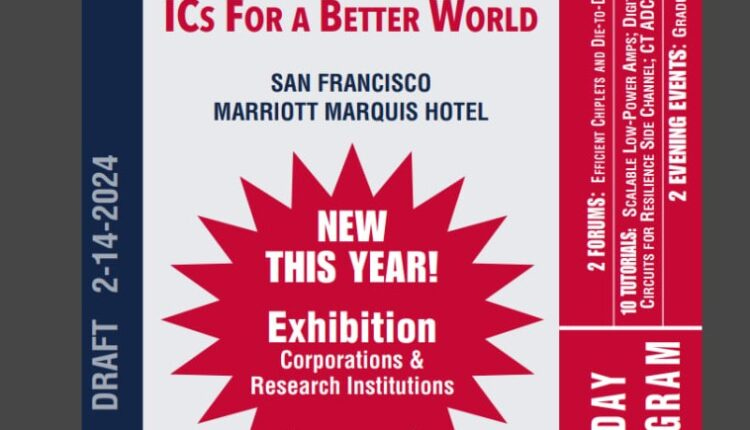
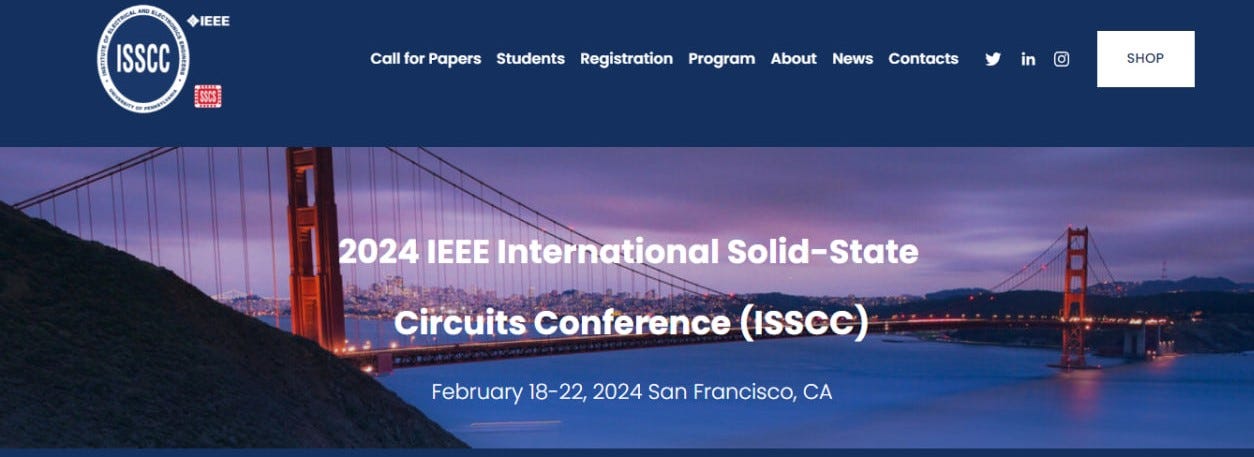
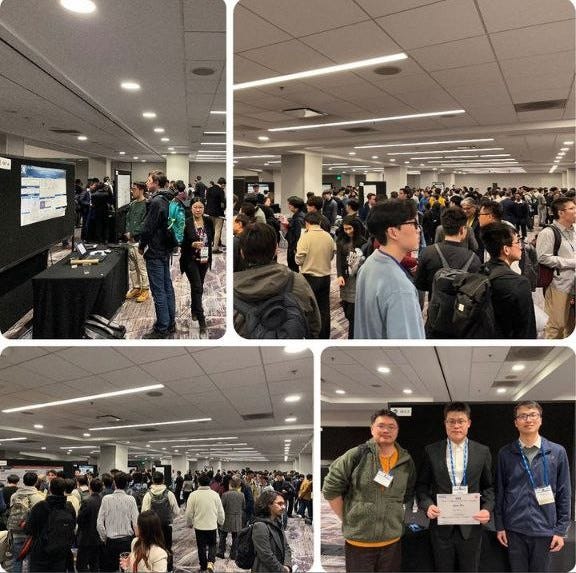
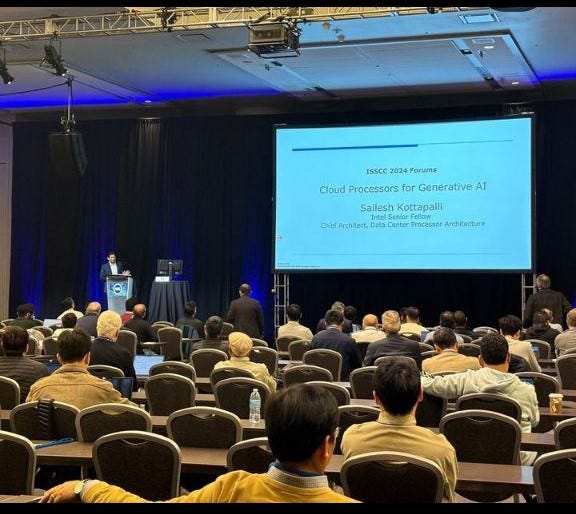

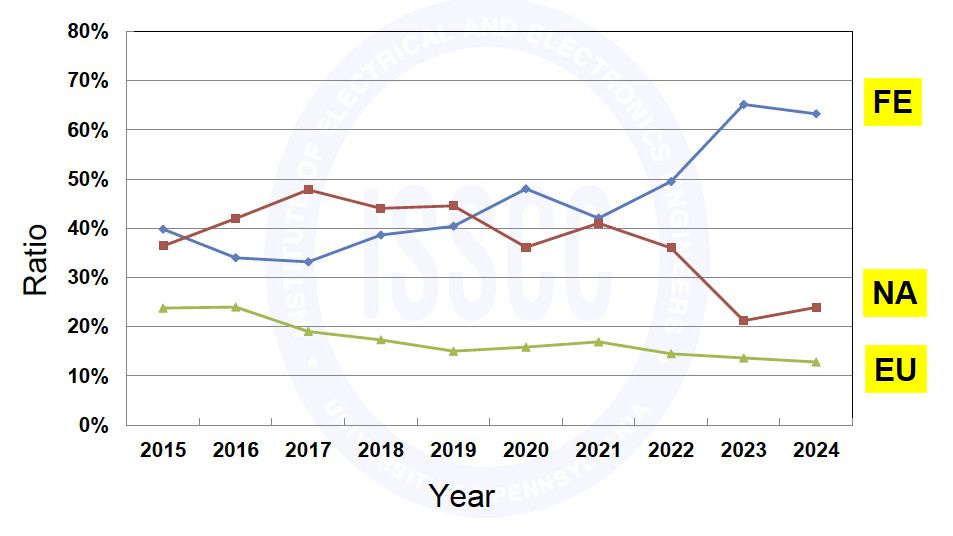
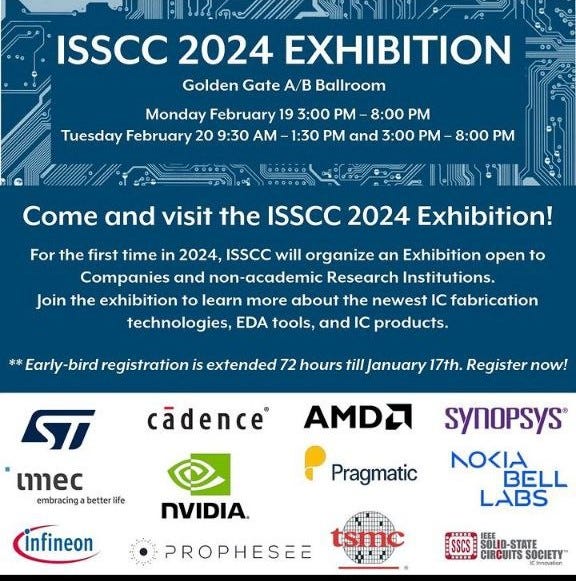
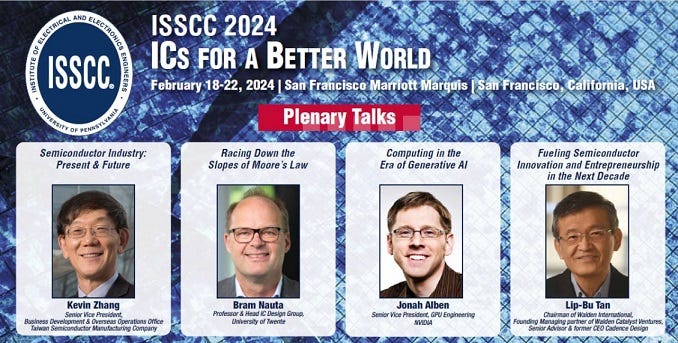
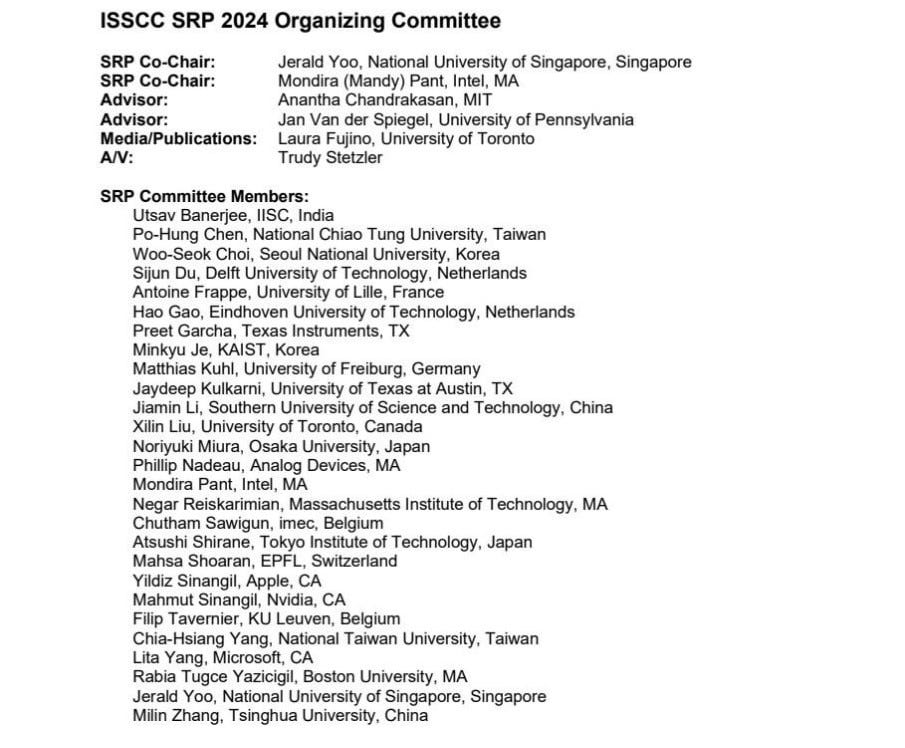
Thank you Ismaele for this report. I am not surprised by those results that further indicate the degree of decline here. The homeless people you saw are common across most of America, a sad commentary of a once prosperous nation.